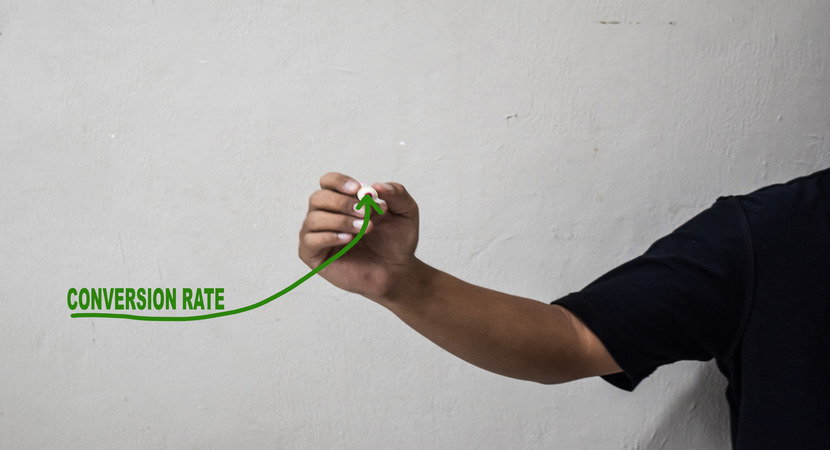Having a community website is a strong marketing asset. There’s no question about it. But how do you know if you’re using your website to its full prospect-attracting capacity? To help you weed through the mess of what’s necessary and what’s simply “nice to have,” here are our top four website tools every property management company needs.
1. Your Website Needs Responsive Design
Due to the rise in mobile usage and Google’s pervasive rein over all things Internet, websites today are expected to incorporate responsive design. When a website is responsive, the page layout including text, images, and video adapt to fit the size of any screen – whether you are viewing the site on your desktop or your phone. Whether or not your site is responsive directly affects how easily prospects find your page in an online search. Therefore, property management companies must consider this when creating a community page.
Google favors responsive websites, meaning your site is more likely to show up on the first page of a Google search if it is mobile-friendly. Your prospects are also likely searching on their mobile device, so your site should be as navigable as possible. Without a responsive design, you are limiting your prospects’ engagement with your website to the use of a desktop. Meanwhile, trends have indicated that most people aren’t using desktops as their primary Internet-enabled devices.
Because responsive design is now expected, Rent Manager’s Website Design and Development Team only produces sites that adhere to mobile-friendly guidelines. If your property is not currently using a responsive site, consider utilizing the Rent Manager team to remedy it.
2. Have a Strong Photo Gallery
Prospects want to get a good feel for a community before they even set foot on the property. So, it’s crucial to have an engaging photo gallery of high-resolution images featuring all aspects of your space. Make sure every room in the unit is represented with a clear image, as well as any outside areas like pools, ponds, or balconies. Also, include photos of your clubhouse or office entryway. You might even want to consider a virtual tour to give your prospective renters the best chance to envision themselves at your property.
Rent Manager has made maintaining a great photo gallery easy with the mobile application, rmCapture. This app lets you take photos on your smartphone or tablet, then instantly upload them to your Rent Manager database. If you’re taking a stroll through the property on a particularly sunny day, snap a fresh photo of your clubhouse, upload it to Rent Manager directly from your mobile device, and watch as the program updates the image on your property’s website and various listings. It’s that simple.
3. Online Applications
Once a prospect has browsed your site, viewed your floorplans, and flipped through the photo gallery, what’s next? A good website will have a clear call-to-action or, next step, for visitors to take. For property management companies, that means hosting an online application. By having the application accessible and fillable on your website, you’re eliminating the need for an office visit. Through this, you’re breaking down one more barrier standing between you and your next renter. Give your prospects the ease and convenience of online applications that can be submitted right through your website with Rent Manager’s website integrations. You can also collect application fees from within the module so all your applicants have to do is wait for your response.
4. Unit Availability
Take the browsing process one step further, and show your prospects the exact units available for rent. With Rent Manager’s Unit Availability, you can automatically link vacant, rent-ready spaces to your company’s website without having to manually enter each listing. This saves you time by marketing your available units the moment they’re ready. In the same way, when a unit’s information is updated in Rent Manager – say the amenities have changed or you’ve upgraded the appliances – the change will automatically appear on your website with the most up-to-date details.
Adding these four essentials to any property’s website is a surefire way to increase occupancy and convenience for prospects. Consider these tips next time you’re updating the property page or looking for a redesign and watch your website turn into a prospecting machine.
 Register for RMUC.25
Register for RMUC.25





